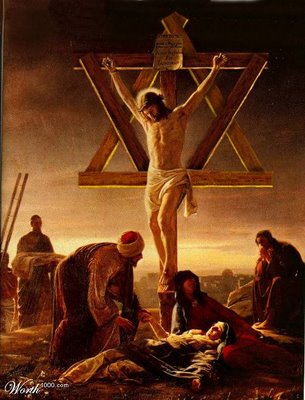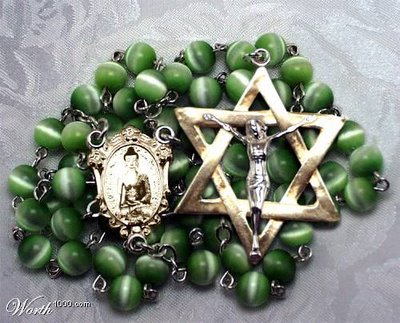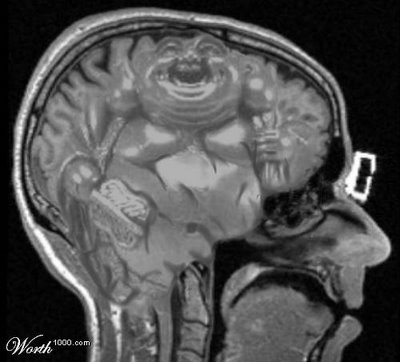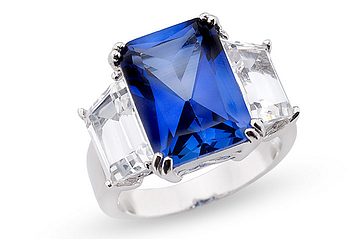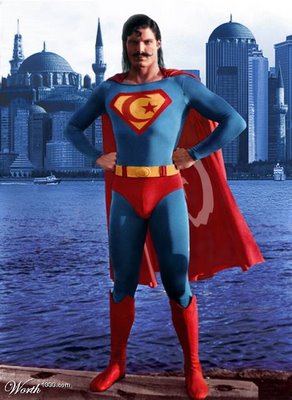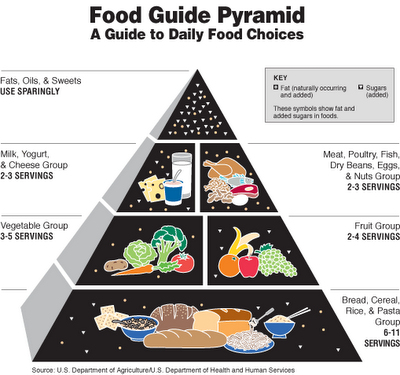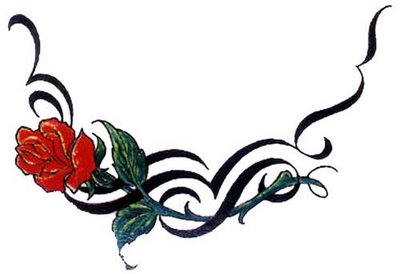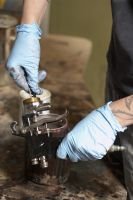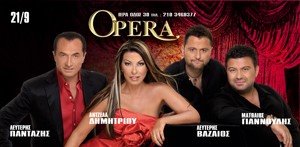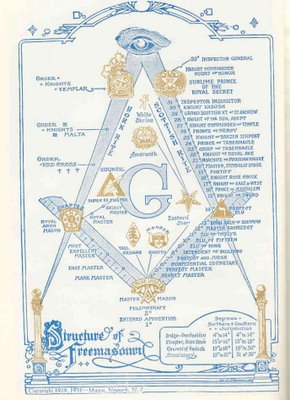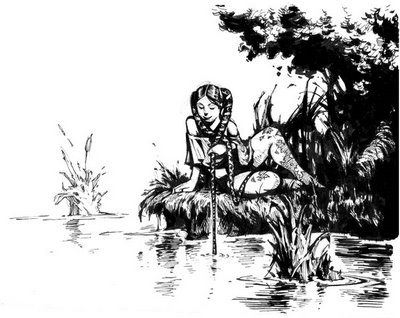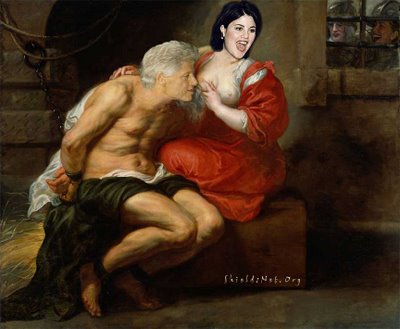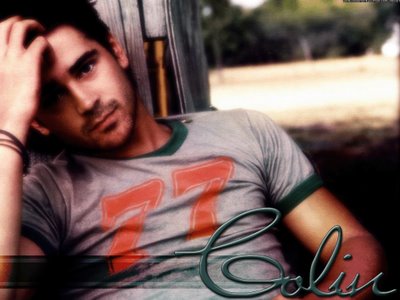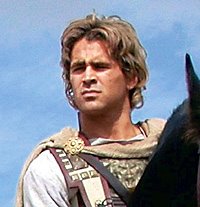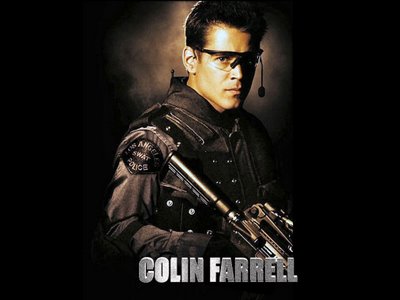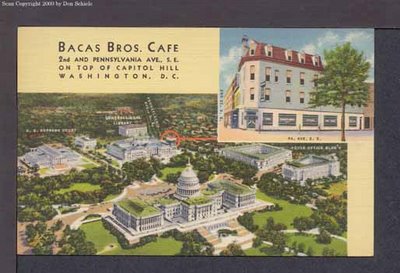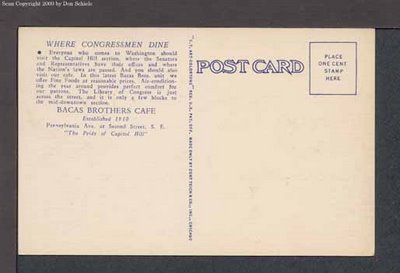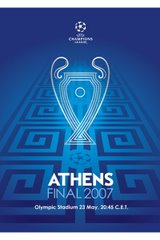
This would not be a good time for another Ford failure; it can't bury much more bad news. Last week the blue oval's share value fell 15 per cent in one day when news leaked that 14,000 of its white-collar staff would be joining 30,000 of its blue-collar workers on the dole queue.
Solid: Ford's new Focus CC
Bill Ford no longer runs the firm, having been replaced by axe men from Boeing and Goldman Sachs. Aston is for sale, Jaguar might be and so might Land Rover. Ford's projected losses this year will be nearly £4.8 billion, yet it has been forced to buy the Rover name from BMW to protect itself from cheap, Chinese-made Rovers. While rival General Motors is almost too big to go bankrupt, Ford isn't. The House of Henry is up a creek without a paddle.
And so to the parched, poplar-studded hills around Siena, where this week Ford launched the Focus CC, the retractable hardtop version of the ever-popular family hatchback. Siena is a fitting place to launch a competitor into the ferociously competitive coupé-cabriolet market. The inhabitants of the city's contrade, its wards, know all about stiff competition: each year, 10 horses race round the Piazza del Campo in the famous Palio. The loser is not the contrada to finish last, but the one that comes second. Being number one is all that counts.
Fortunately for Ford, it seems to have backed a winner here.
As chief programme engineer, Steve Thomas pointed out, the company had the best foundation in the market from which to develop the CC - "the greatest family hatchback there has ever been," as Andrew English described the Focus . The Astra and VW Golf, which have both gone topless this year, simply don't match its driving dynamics. But therein lay a conundrum for Ford: how to take the lid off its magic box without the sides wobbling and the ride and handling falling apart.
Ford found the answer in the affable Mr Thomas, a Cambridge-educated engineer who, thank goodness, talks in plain English. Working five days a week in Turin, where Pininfarina assembles the bodyshells, Thomas cracked the problem. The CC loses a staggering 90 per cent of its torsional rigidity with the roof down, and yet there is only the merest hint of wobble as it's driven. How? Steel, largely. There's an extra cross-member across the bulkhead, super-strength steel reinforcements in the A-pillars, across the top of the windscreen, in the doors and in a torsion box behind the rear seats (which houses the roll-over hoops). Yet it doesn't feel like a heavy beast.
Storage space required: the Focus has a large rump, due to the need for a large area to store its roof
The springs have been stiffened substantially and the rear dampers, taken from the high-performance Focus ST, have been tuned to compensate. As a result, the car responds cleanly and crisply to steering inputs. At the same time, the ride is comfortable yet firm, relaying bumps and ridges in the road through the steering wheel and seats, but protecting you from the full impact of potholes.
Weight distribution is another major handling factor, and the Focus CC has a near-perfect 53:47 balance, with no hint of a heavy nose dragging the car straight on in turns. Lift the throttle and squeeze the brakes in mid-corner and the rear tyres start to slip sideways, but that's a dangerous thing to do anyway and traction control steps in almost imperceptibly to calm things down.
The car's balance is, in part, due to the two-piece folding roof, which, 66lb lighter than a three-piece design, only increases the weight over the rear axles by 37lb, so the suspension set-up works equally well with the roof up or down. Also, with only two working parts, there are fewer hydraulic cylinders and motors to go wrong.
But, oh, the aesthetic nightmare of the vast boot that is required to house a two-piece roof. The Focus CC's rump is reminiscent of the flight deck of HMS Invincible; stand on the roof with two illuminated ping-pong bats and you might get Harriers coming in to land. It does mean that bulky luggage is easily swallowed with the roof raised, and even roof-down there is a respectable 248 litres (a class first) but it's ugly. Combined with a reduced rear view due to the raised boot line and thick C-pillars, the car should have rear parking sensors as standard, not an option. A new Focus-embossed chrome strip across the boot is smart but scratches easily, while the new tail-light clusters, if not beautiful, at least confer a new identity.
Try one on for size: the car handles smoothly but interior space is limited
Moving through the inside, the limited space in front of the rear seats really makes this a two-plus-two, although shoulder-width space is class-leading. The facia is the same as that in a normal Focus; matt black plastic with plastic brushed-alumium-effect splashes and the same switchgear. There's a button for the roof - press when stationary - which lowers or raises in 29 seconds while a digital display by the speedo counts down the process. There are three trim levels - CC-1 to CC-3 - and a startling orange-tan leather option, which is meant to evoke smart Italian businessmen's shoes, but just makes you feel queasy.
Outside, at the front, the car looks more like a Focus ST, with a large, secondary grille under the number plate and aggressively protruding fog lamps. Ford wants you to think of this and the ST as the flagship cars of the range. And what of an ST version of the CC?
Ford says a biofuel model is more likely first. Meanwhile there is the choice of a 1.6 or 2.0-litre petrol or 2.0-litre turbodiesel engines, the first two mated to five-speed manual boxes and the last to a six-speed manual (automatics will be here before Christmas). The predicted bestseller out of a projected 5,500 UK sales is the 2.0 petrol unit, although Roelant de Waard, chairman of Ford of Britain, said on the flight home that after hearing us all raving about the diesel unit, he would reconsider the production figures. It's certainly the pick of the bunch - smooth, relaxed with lots of punchy torque at low revs, which suits the relaxed nature of this type of car, while the 2.0 petrol unit could do with a sixth gear to stop it thrashing about at 75mph, and it feels a little underpowered (so you can probably discount the 1.6, although it was not available to try).
The Focus CC conforms to the Erin Baker Shoe Theory, tried and tested on boyfriends past, and as the CC market is dominated by female buyers, it seems an apposite test: you have the stiletto - sexy, enticing and exciting, but ultimately expensive and disappointing; the trainer - still good-looking, but built really for sport, practicality and comfort; and the slipper - designed solely for comfort and very boring. The Focus CC is without doubt a trainer, which is no bad thing.
Ford Focus CC [tech/spec]
Engine/transmission: 1,596cc petrol with DOHC and four valves per cylinder; 99bhp at 5,500rpm, 111lb ft of torque at 4,000rpm. 1,999cc petrol with DOHC and four valves per cyl;
143bhp at 6,000rpm, 136lb ft at 4,500rpm. 1,997cc diesel with DOHC and four valves per cyl;
134bhp at 4,000rpm, 236lb ft at 2,000rpm.
Performance: 1.6-litre: top speed 113mph, 0-62mph in 13.6sec, EU Urban fuel consumption 30.1mpg, CO2 emissions 169g/km.
2.0-litre petrol: 129mph/10.3sec/26.7mpg/179g/km. 2.0-litre diesel: 127mph/10.3sec/36.7mpg/156g/km.
We like: Handling, ride, sense of value for money.
We don't like: Dull interior and exterior styling, lacklustre petrol engines.
Alternatives:
Astra TwinTop, Volkswagen Eos, Renault Megane CC , Peugeot 307 CC.
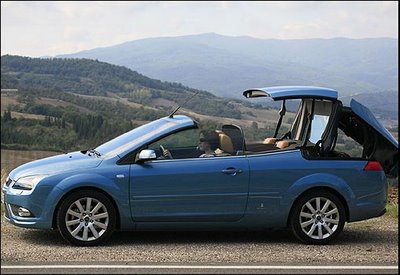
MAY THE FORCE BE WITH YOU
Copyright © Demetrios the Traveler
(Brexians lair)


